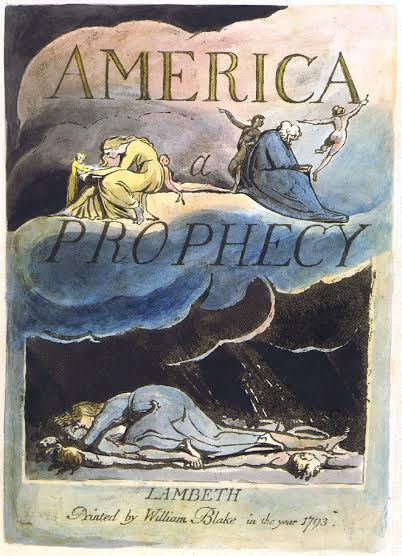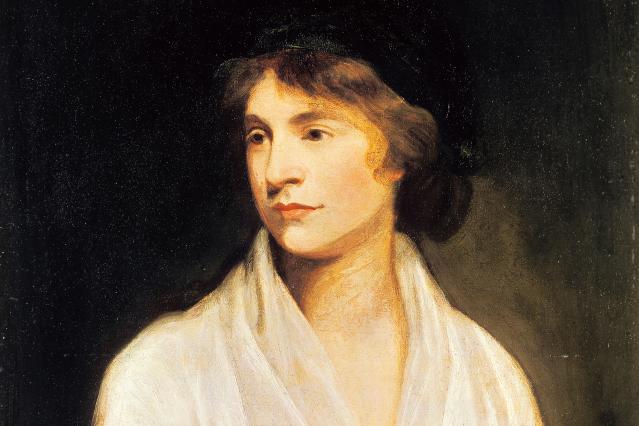Quirky History: The American Revolution According to William Blake
The American Revolution was all about a bunch of freedom-loving guys with names like George, Benjamin, Alexander, and Thomas kicking out the British and declaring independence on July 4. Right?
Not if you ask English poet William Blake (1757–1827). According to Blake the American Revolution was a struggle of universal proportions involving spirits, angels, mythology, and history.
Between 1793 and 1795, Blake published a three-part story called Continental Prophecies where he explored themes such as political repression and political revolt. The first part of the story was America a Prophecy.
In America a Prophecy Blake interprets the American Revolution as the harbinger of universal revolution. In Blake’s interpretation of events the main struggle is not Americans versus the British but Orc the fiery spirit of revolutionary energy fighting against Urizen, the wintry oppressor who uses reason and intellect for tyrannical purposes.

However, in America a Prophecy, our usual suspects do make an appearance, e.g. Thomas Payne and George Washington. Samuel Adams also shows up but in the guise of Boston’s Angel, who leads the thirteen colonial angels into a debate against Albion’s Angel, or the British.

America a Prophecy is a fascinating story made even more impressive by how it was printed. The pages of the book are filled to the last spot with text and colorful images made by Blake himself.
So how did he pull this off in a time period when color printing could only be done one color at a time and images could only be printed on separate sheets from the text?
Simple. Blake’s Continental Prophecies were made through a printing process invented by Blake himself called illuminated printing.
Illuminated printing is based on copperplate etchings where acid-resistant ink is carved on to the copper and then etched in nitric acid. When the plate is removed from the acid the surfaces covered in ink remain in relief.
With his new technique Blake was able to draw on the copper plate as if it were a canvas creating a printing plate with both images and text. America a Prophecy was printed using this etching technique and then colorized by hand by Blake and his wife Catherine Boucher. Only seventeen copies were made of America a Prophecy. Four of them were colorized.

Blake continued to develop his illuminated printing. Part two about revolution in Europe and part three about Africa and Asia were printed using illuminated printing to its fullest potential, i.e. in multi-color.
Blake died in 1828, possibly from biliary cirrhosis, a liver disease that can be caused by long-term exposure to the toxic fumes of the chemical reaction when acid is applied on copper.




